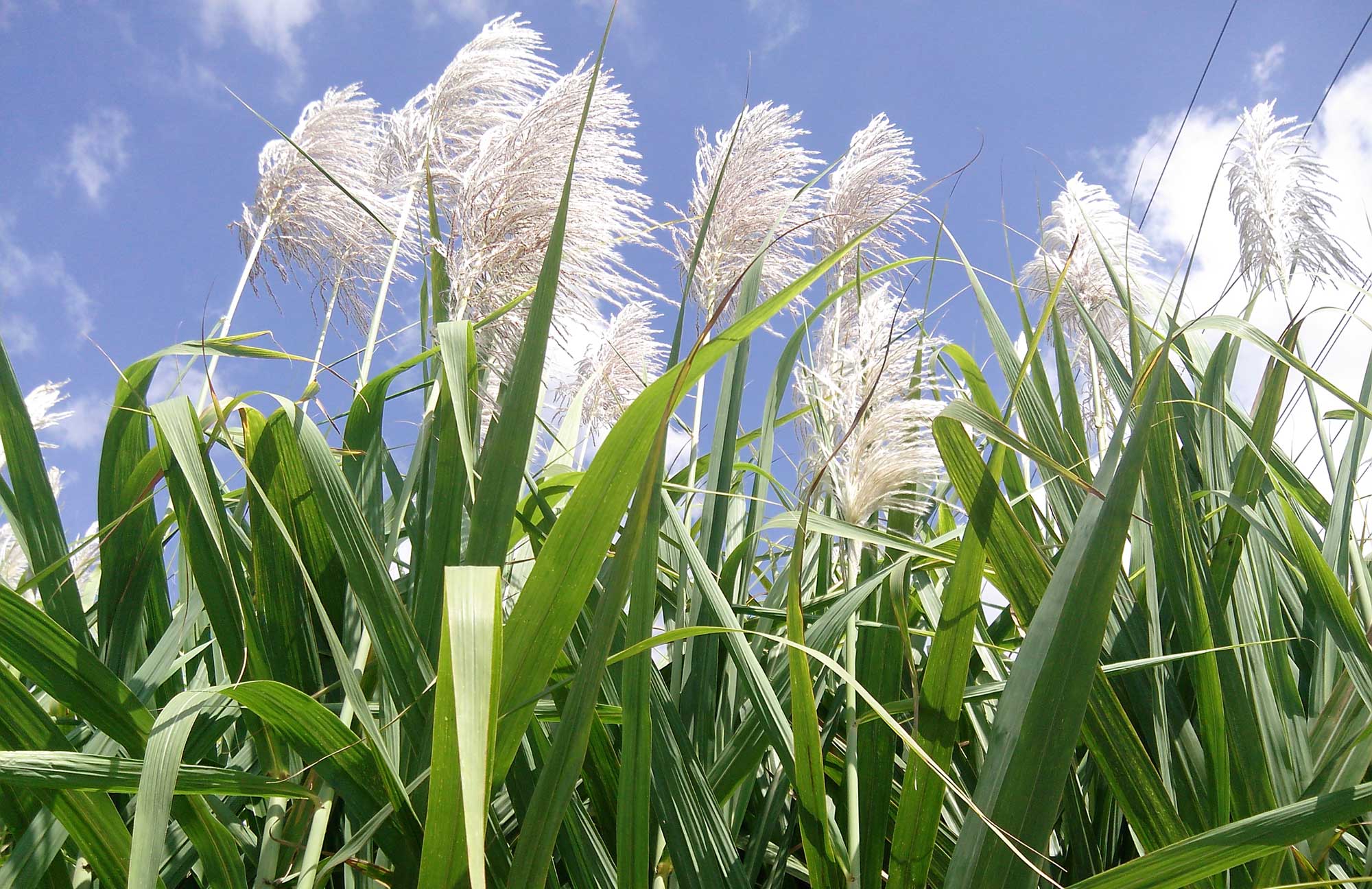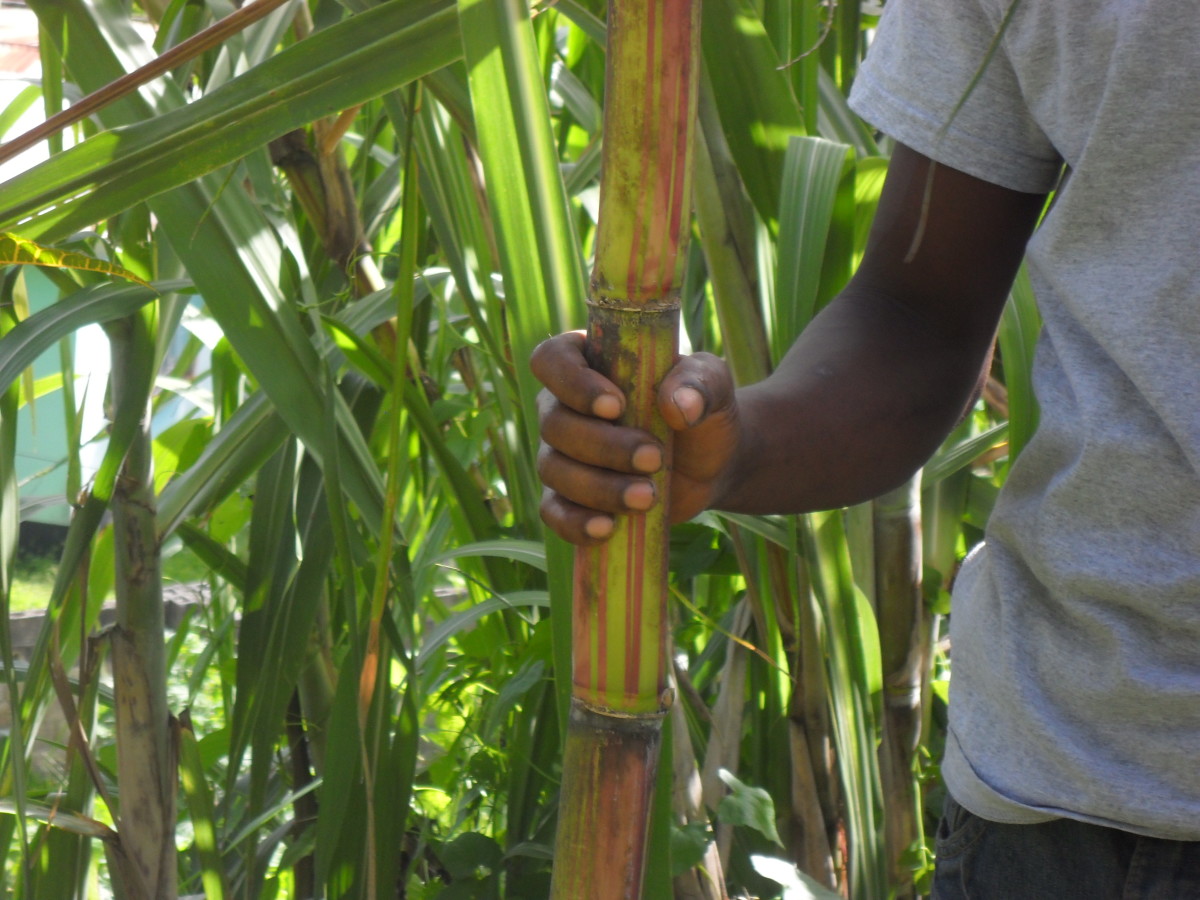Everything About Sugar Canes: What Are Sugar Canes Utilized For and Their Role in Global Agriculture?
Sugar walking sticks function as a foundation of international farming, mainly recognized for their role in sugar manufacturing. They also add to the creation of by-products like molasses and ethanol. These facets not only sustain various sectors yet additionally influence economic stability in country areas. The growing of sugar walking canes deals with significant ecological obstacles. Recognizing their complex function triggers more exploration into their farming methods and sustainability efforts.
The Agricultural Process of Sugar Walking Stick Cultivation
Although sugar walking stick growing might differ by area, the essential agricultural procedure stays constant. The very first step involves choosing high-yielding varieties ideal for neighborhood climates. Prep work of the soil is essential, often needing husbandry and the addition of plant foods to improve fertility. Planting normally takes place during the wet period, with farmers using either whole stalks or cuttings to establish new crops.As the plants grow, they need thorough treatment, including weed control, parasite administration, and watering, depending upon the ecological conditions. Farmers monitor the sugar walking cane's development cycle, which generally spans 10 to 24 months, before gathering. Harvesting is labor-intensive, usually carried out manually or with specialized machinery, making sure marginal damage to the stalks. Adhering to harvest, the walking cane is transferred to processing facilities. This precise growing process not only sustains regional economic climates yet likewise plays a significant duty in international farming methods, adding to food and power products.
Sugar Production: From Walking Stick to Crystal
The trip of sugar production begins the moment newly harvested sugar cane reaches refining facilities. The very first step involves washing and slicing the walking cane to prepare it for removal. Utilizing high-pressure rollers, the juice is removed from the crushed walking cane, leading to a sweet fluid referred to as sugarcane juice. This juice goes through clarification, where impurities are gotten rid of through the enhancement of lime and heat.Next, the made clear juice is concentrated by boiling it to create a thick syrup. This syrup is after that taken shape by cooling down, enabling sugar crystals to develop. The taken shape sugar is separated from the staying syrup, called molasses, with centrifugation.Finally, the sugar crystals are washed and dried out, leading to the acquainted granulated sugar (What Are Sugar Canes Used For). This procedure changes raw sugar cane right into an item that is important to numerous culinary and industrial applications, highlighting the significance of sugar in global agriculture
Biofuels and Sugar Canes: A Lasting Future
As the world progressively seeks sustainable energy remedies, sugar walking sticks have become an encouraging source for biofuels. The biomass originated from sugar canes can be transformed into ethanol, a sustainable gas alternative that considerably decreases greenhouse gas exhausts compared to fossil fuels. This process not just supplies a cleaner energy resource yet additionally promotes power freedom for lots of countries.In enhancement, sugar walking stick farming sustains country economies by creating jobs in both farming and biofuel production industries. The use of sugar walking sticks for biofuel manufacturing also urges farming diversity, which can enhance dirt wellness and reduce dependency on solitary crops. Additionally, the by-products of sugar cane processing can be made use of for electricity generation, furthermore adding to a sustainable power cycle. As countries venture to satisfy eco-friendly energy targets, sugar canes are positioned to play a necessary role in shaping an extra lasting future in the biofuel landscape.

The Function of Sugar Canes in Drink Manufacturing
Sugar walking canes play a substantial function in beverage production, serving as a primary ingredient in rum and adding to the sweetness of lots of sodas. Furthermore, their natural juices are utilized in various beverages, boosting taste and charm. This flexibility underscores the relevance of sugar walking sticks in the global drink market.
Sugar Cane in Rum
Rum manufacturing is intricately linked to the farming of sugar walking cane, a vital plant that offers the essential fermentable sugars needed for fermentation. This procedure begins with the removal of juice from gathered sugar walking sticks, which is then either fermented directly or processed into molasses. Yeast is contributed to convert the sugars right into alcohol, leading to a diverse series of rum styles, from light to dark ranges. The geographical area where the sugar walking stick is expanded considerably influences the flavor profile of the rum, with variables such as dirt kind and climate playing important roles. Countries like Barbados, Jamaica, and Cuba are renowned for their rum manufacturing, reflecting the historic and social importance of sugar cane within the worldwide beverage sector.
Soft Drinks Sugar Source

All-natural Juice Production Utilizes
Along with its considerable duty in soft drink production, sugar walking cane is likewise crucial in the natural juice market. The juice extracted from sugar walking stick, understood as cane juice, is celebrated for its all-natural sweet taste and unique taste profile. This juice is frequently taken in fresh in different areas, especially in tropical nations, where it is taken pleasure in as a revitalizing beverage. Additionally, walking stick juice functions as a base component in a range of natural fruit juices and shakes, enhancing both preference and dietary value. Its all-natural properties make it an eye-catching option to sweetening agents, interesting health-conscious customers. Overall, sugar walking cane's flexibility in juice production emphasizes its importance in contemporary drink offerings worldwide.
Innovations in Sugar Walking Stick Byproducts
Innovations in sugar walking stick results are leading the way for lasting solutions in different sectors. Biofuels stemmed from sugar walking stick offer an alternative energy resource, while innovations in sustainable product packaging are decreasing reliance on typical materials. These advancements highlight the versatility and potential of sugar walking cane past its primary use in drink manufacturing.
Biofuels From Sugar Walking Cane
Just how can the by-products of sugar walking cane add to sustainable power solutions? The conversion of sugar walking stick into biofuels provides an appealing avenue for renewable resource. By using the fibrous residue, referred navigate to this website to as bagasse, manufacturers can produce bioethanol with fermentation processes. This bioethanol can function as a sustainable option to fossil gas, lowering greenhouse gas discharges and dependence on non-renewable resources. Additionally, molasses, another byproduct, can be fermented to create biofuels, taking full advantage of source efficiency. The power produced from sugar cane not just provides a cleaner fuel source yet also improves the general financial viability of sugar manufacturing. By incorporating biofuel production into their operations, sugar cane markets can play a crucial duty beforehand lasting energy remedies internationally.
Sustainable Packaging Solutions
Sustainable packaging services are progressively being developed from sugar walking stick by-products, showcasing the flexibility of this agricultural staple. Advancements such as naturally degradable plastics stemmed from bagasse, the coarse residue left after juice removal, are getting grip. These products supply an environment-friendly alternative to conventional plastics, reducing reliance on fossil fuels and lowering carbon impacts. Furthermore, sugar cane-based product packaging is compostable, damaging down normally without harming the atmosphere. Companies are currently discovering these choices to align with customer demand for sustainability. As understanding of plastic air pollution expands, the fostering of sugar cane-derived product packaging is anticipated to increase, placing sugar walking sticks as a vital player in the shift to greener packaging options in different websites markets.
Economic Impact of Sugar Walking Stick Farming

Sugar walking stick farming has deep roots in several economic climates, its financial impact prolongs much beyond farming production. This plant acts as a significant income source for millions of farmers worldwide, especially in establishing nations where agriculture is a main source of income. Sugar walking cane adds to neighborhood economies through task development in farming, processing, and harvesting. The sector likewise promotes growth in associated markets such as transportation, tools production, and food processing.Furthermore, sugar walking cane is a key player in international profession, influencing global markets and prices. Nations that produce sugar cane typically count on exports to boost their economic security. The byproducts of sugar walking cane, such as ethanol and molasses, expand earnings streams for farmers and include worth to the agricultural industry. Generally, the financial implications of sugar cane farming are extensive, influencing not just farmers however likewise nationwide economies and entire communities.
Environmental Factors To Consider in Sugar Walking Stick Cultivation
While sugar walking cane farming plays a crucial function in several economic climates, it additionally increases significant environmental concerns that can not be forgotten. The comprehensive use fertilizers and chemicals in sugar cane farming commonly results in dirt degradation and water contamination. Overflow from these chemicals can infect nearby water bodies, hurting marine communities. In addition, the monoculture practices common in sugar cane farming decrease biodiversity, making environments more prone to bugs and diseases.Deforestation is an additional essential problem, as land is frequently gotten rid of to make means for sugar vineyards, bring about habitat loss for wild animals and boosted carbon emissions. The high water usage required for sugar walking cane irrigation can stress neighborhood water sources, particularly in dry regions. As worldwide need for sugar proceeds to climb, dealing with these environmental difficulties ends up being essential to ensure sustainable methods in sugar walking stick growing.
Often Asked Concerns
What Are the Nutritional Advantages of Sugar Walking Stick?
The nutritional benefits of sugar walking cane mostly include its high carbohydrate material, supplying energy. Furthermore, it includes vitamins, minerals, and antioxidants that may sustain total health, though small amounts is vital because of its sugar content.
How Does Sugar Walking Stick Affect Citizen Ecosystems?
Sugar walking cane farming can considerably influence regional ecological communities by modifying land usage, impacting biodiversity, and requiring substantial water sources. Furthermore, it may bring about dirt degradation and chemical overflow, disrupting bordering environments and wildlife populaces.
What Is the History of Sugar Cane Growing?

Are There Alternatives to Sugar Walking Cane for Sugar Manufacturing?
Alternatives to sugar cane for sugar manufacturing consist of sugar beets, corn, and different exotic plants like sorghum and agave (What Are Sugar Canes Used For). These crops offer varied sources of sweet taste, each with distinct farming requirements and ecological effects
Just How Do Weather Condition Patterns Impact Sugar Walking Stick Returns?
Weather condition patterns greatly affect sugar walking cane yields via temperature variations, rainfall amounts, and seasonal cycles. Drought or too much rains can impede growth, while excellent problems enhance photosynthesis, inevitably influencing the amount and top quality of the harvest. The journey of sugar production starts the minute fresh harvested sugar walking cane arrives at refining facilities. The crystallized sugar is separated from the staying syrup, understood as molasses, with centrifugation.Finally, the sugar crystals are washed and dried, resulting in the familiar granulated sugar. Rum production is elaborately linked to the cultivation of sugar walking stick, an important plant that gives the required fermentable sugars required for fermentation. In addition, the monoculture practices prevalent in sugar cane farming reduce biodiversity, making communities a lot more susceptible to bugs and diseases.Deforestation is an additional critical issue, as land is typically removed to make means for sugar haciendas, leading to environment loss for wild animals and increased carbon emissions. Alternatives to sugar cane for sugar manufacturing include sugar beetroots, corn, and various tropical plants like sorghum and agave.